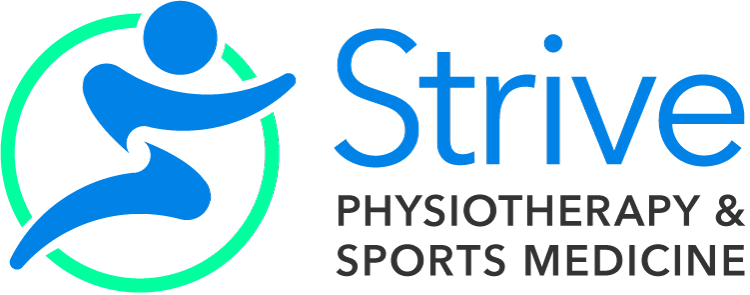What Is Vaginismus? What Causes It?
Vaginismus is the inability to have penetration into the vagina because of muscle spasm of the pelvic floor. This may limit sexual intercourse, tampon insertion or gynecological exam with use of a speculum.
There is often significant connective tissue dysfunction that needs to be addressed first before any internal work is completed. Symptoms of connective tissue dysfunction are itching, burning, numbness and pain, genital hypersensitivity, clothing, underwear, sitting intolerance, poor tissue integrity (ex: vaginal or rectal fissures), colour changes in the skin and Sympathetic Nervous System upregulation.
Vaginismus may also have a significant component of fear associated with it. A multidisciplinary approach to treatment, including a Sex Therapist may also be useful.
How Can Physiotherapy Help My Vaginismus?
Physiotherapy can help treat vaginismus by educating the client on what the condition is and why it may be occurring. From there, it is important for the Pelvic Floor Physiotherapist to use a biopsychosocial approach to treating this condition. Treatment could include manual therapy to help work on the increased connective tissue tension, learning how to relax the pelvic floor muscles and learning how to breathe optimally. As well, the therapist can have the client perform techniques with a dilator to help accommodate the vaginal tissue for penetration.
How Can Massage Therapy Help My Vaginismus?
Massage Therapy could be helpful in addressing the connective tissue dysfunction in the low back, pelvis and hip girdle. This may help the client learn to relax the pelvic floor area and be better able to penetrate the vagina.
What Are The Best Exercises To Help With My Vaginismus?
First and foremost, it is important to learn how to breathe properly with your diaphragm and rib cage to help gain some relaxation in your pelvic floor muscles and help to decrease the upregulation of the Sympathetic Nervous System. Performing this relaxation breathing in positions that help lengthen the pelvic floor or stretch out the pelvic girdle and hip muscles will be very helpful.
Once the client is better able to relax their pelvic floor, it is useful to use a set of dilators to help get the vaginal tissue used to something being inserted again. Dilators come as small as your pinky finger and progress in size significantly. This gives the client the ability to start at a level of stretch that does not cause pain or trauma and then can be progressed slowly and as able.
Gentle foam rolling of the trunk, pelvis and hip girdle can be useful as a self-treatment technique for connective tissue dysfunction.
To get you started, check out the following exercise links:
Please keep in mind that these exercises were designed as a place to start to address your symptoms. These exercises should not be performed or continued if they cause or increase your pain in any way. Using these exercises for self-management of your symptoms does not replace the value of being assessed by a Health Professional. If you find you need help, let a Strive Pelvic Health Rehabilitation Physiotherapist help you, book your time today!
What Can I Do To Treat My Vaginismus At Home?
Relaxation breathing will be very important to perform daily at home. This can be done in a relaxing, neutral position, or in positions that help to add length to the pelvic floor muscles, such as child’s pose. Also, performing this relaxation breathing while using dilators to help stretch and accommodate the tissue of the vagina at home can be very helpful in self-treatment of your vaginismus.
Foam rolling or skin rolling of the affected areas in the low back and hip area may also help decrease the connective tissue tension in the lumbopelvic region.

Written in 2020 by
Stephanie Gardonio
BPHE, BSc, MScPT
Pelvic Health Rehabilitation
Stephanie has curated a Physiotherapy tool box that allows her multiple points of view to meet her patients’ needs. She has taken courses in the McKenzie Method for assessing and treating spinal conditions. She has completed mat and reformer Rehabilitative Pilates courses through Stott Pilates, training she uses to create customized exercise programs. Understanding the roll of the pelvic floor in the effective treatment of low back pain, sacroiliac joint dysfunction, bowel and bladder dysfunction and during a women’s journey from pre-natal to post-natal, she has completed Pelvic Health Rehabilitation courses. She is qualified to perform internal assessment and treatment of the pelvic floor.


